16 : Routes to the Top
What would a model of Homer’s Troy be without Priam’s palace? I have reserved a square building plot at the summit of my polystyrene mound for a palace. It’s literally as much space as I can afford to give it. The shape and size of my mound of Troy is basically dictated by the space required for a palatial building. Meanwhile I’m left with the slopes around the site, between the palace’s building plot and the citadel walls, as space for the grand buildings of the citadel.
Although the summit of Troy’s mound was carved off by Hellenistic building projects and Heinrich Schliemann’s pioneering enthusiasm did irreplaceable damage to the mound, the citadel of Late-Bronze-Age Troy must have been similar to the citadel of Mycenae with a palace on the summit and buildings linked by ramps and stepped walkways. Mycenae’s principle thoroughfare is sometimes pleasingly referred to as a chariot road.
Like Mycenae, I’m going to have a ramp that rises from the principle gate – the South Gate (referred to today only, the day of a big match, as Gareth) – up to the palace on the summit. This will be Troy’s principle thoroughfare. I think there needs to be an alternative route up to the palace, especially for gaming purposes. Here’s a stepped ramp I’ve made as a pathway from the East Gate up to the palace.
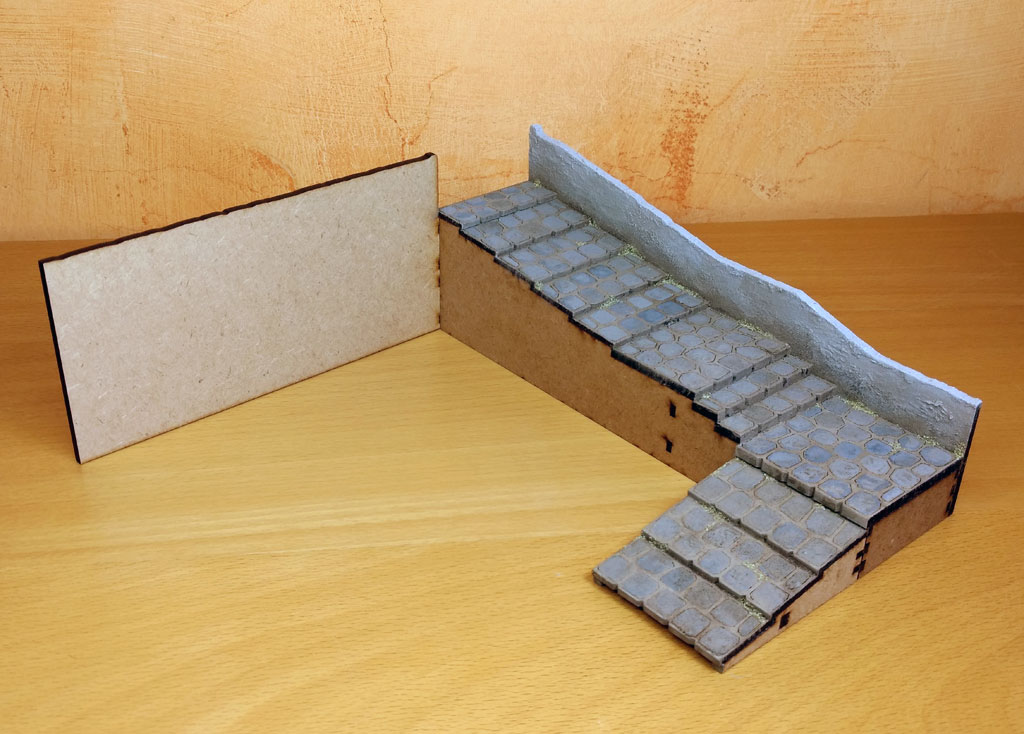

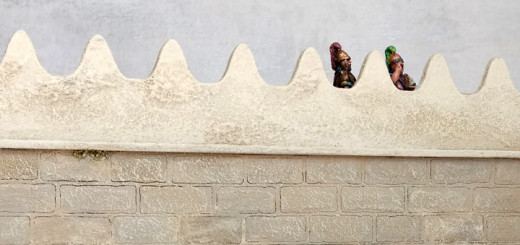
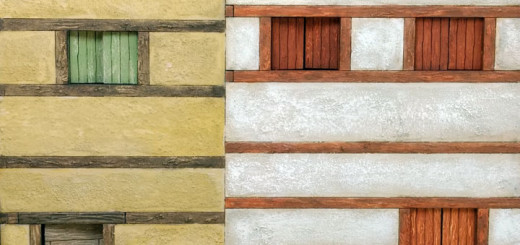

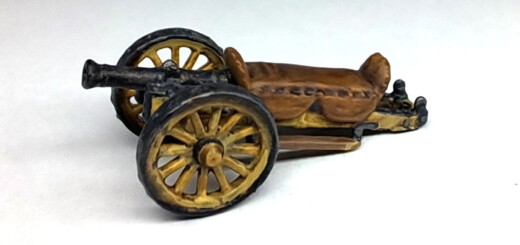
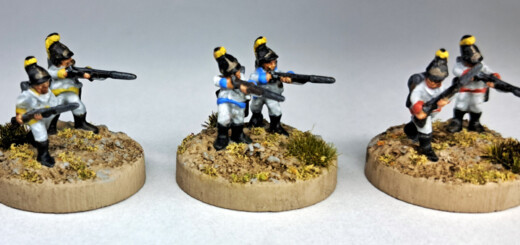

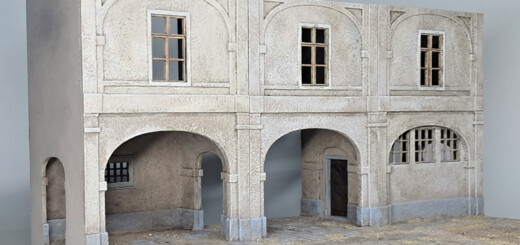
RECENT COMMENTS